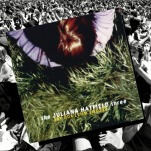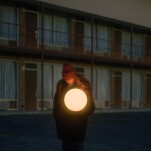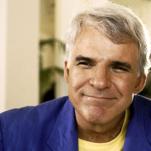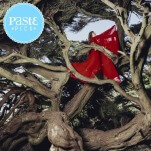John Cale: Shifty Adventures in the Studio
History has shown there are few artists who manage to keep the creative juices flowing late in their careers. It’s too easy to rest on your laurels, to fall into old habits, to “give the fans what they want.” Since his early days cavorting with New York City’s fringe along with the Velvet Underground, John Cale has remained inspired, even when the results weren’t as inspirational. At age 70, the multi-instrumentalist has just released his 15th solo album, Shifty Adventures In Nookie Wood, a record whose title alone could be seen as avant-garde.
The sounds within show a sense of adventure, too. On Shifty Adventures In Nookie Wood—his first full-length studio release since 2005’s blackAcetate—Cale plays around with a variety of genres, returning to the psychedelic haze of the VU, ’80s New Wave and even hip hop’s more beat-driven soundscapes. “They’ve just zeroed in on an incredible variety of sounds and noises,” says Cale of his proclivity for the genre. “And normally what’s taken as a simple groove and a riff, they’ve changed into something much wider, much broader. I like the expanse and the fine-tuning of the sound design.”
Perhaps then it should come as no surprise that Cale enlisted the help of Brian Burton—better known as Danger Mouse—on the album’s Princely titled first single “I Wanna Talk 2 U,” a song that mixes subtle sonic flourishes with straightforward guitar strum. Cale says the process, and ultimately his initial reaction to the mix, actually helped shape the song.
“During the course of a couple days of messing around in the studio with Brian Burton we were trying to finish up the song we started—but we couldn’t manage it. We’re in there cooking away and some of the stuff he came up with I didn’t like, and I sort of made my opinion known. When I got the files back I found that a lot of stuff I didn’t like at the time he put somewhere else on the track and made it a color. It’s part of a way of thinking, where everything that is an expression of someone’s personality is important—I mean you can use it somewhere.”
Despite his seemingly ardent attention to detail, Cale confesses that he doesn’t like being in the studio (“I’m kind of an outdoors person”). Cale produced the majority of Nookie Wood himself in addition to playing many of the instruments. The album isn’t particularly unruly, with more emphasis put on blending sonic layers with simpler song structures. “Hemingway” brings to mind the synth-heavy pop of Peter Gabriel. And in a move that might confound some listeners, Cale wrings his vocals though Auto-Tune on “December Rains” and “Mothra,” something he insists was simply what those particular songs called for. Then again Cale’s entire approach to songwriting has changed in recent years, particularly on Nookie Wood.
-

-

-

-

-

-

-

-

-

-

-

-

-

-

-

-

-

-

-

-

-

-

-

-

-

-

-

-

-

-

-

-

-

-

-

-

-

-

-

-








































